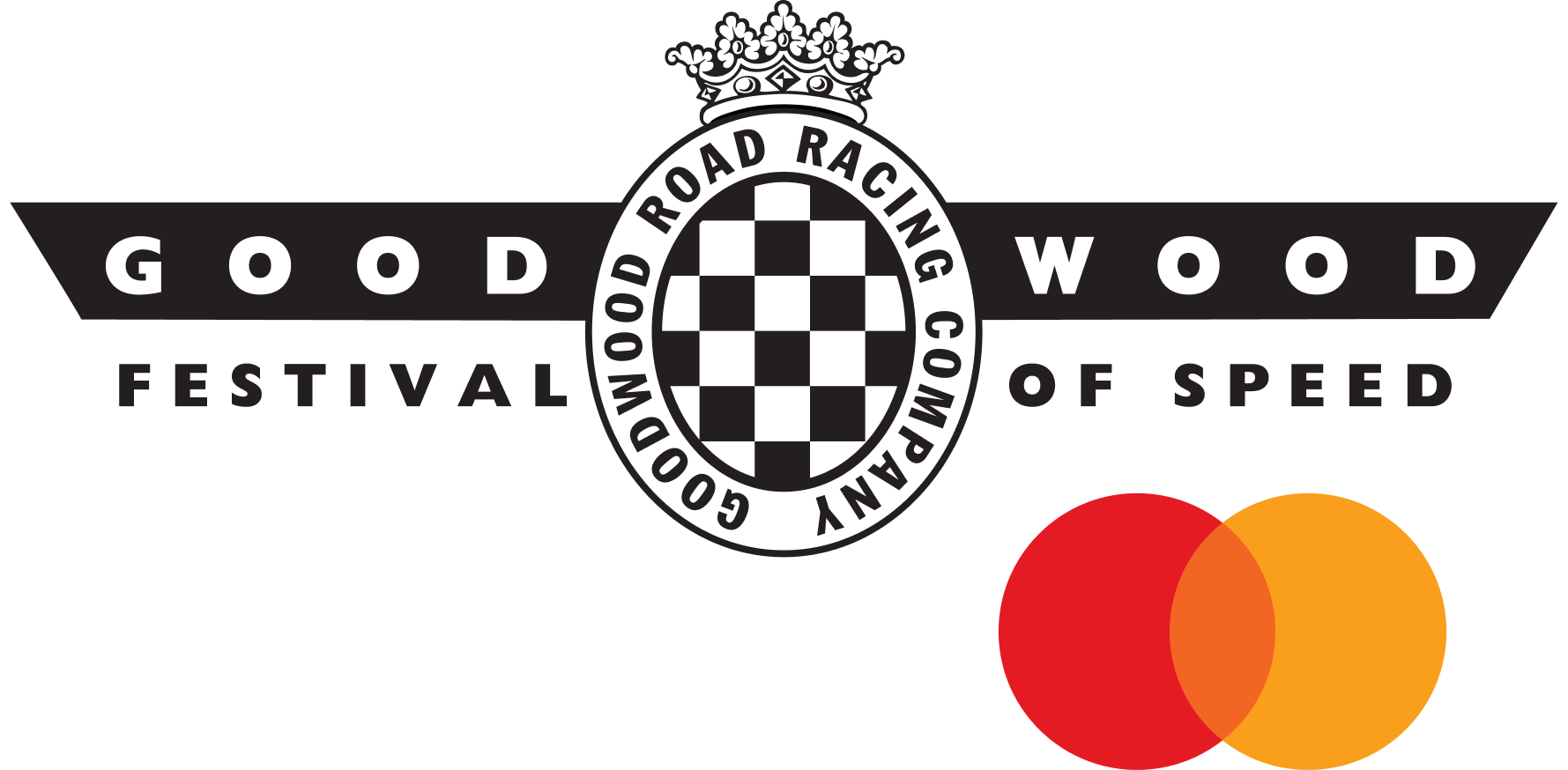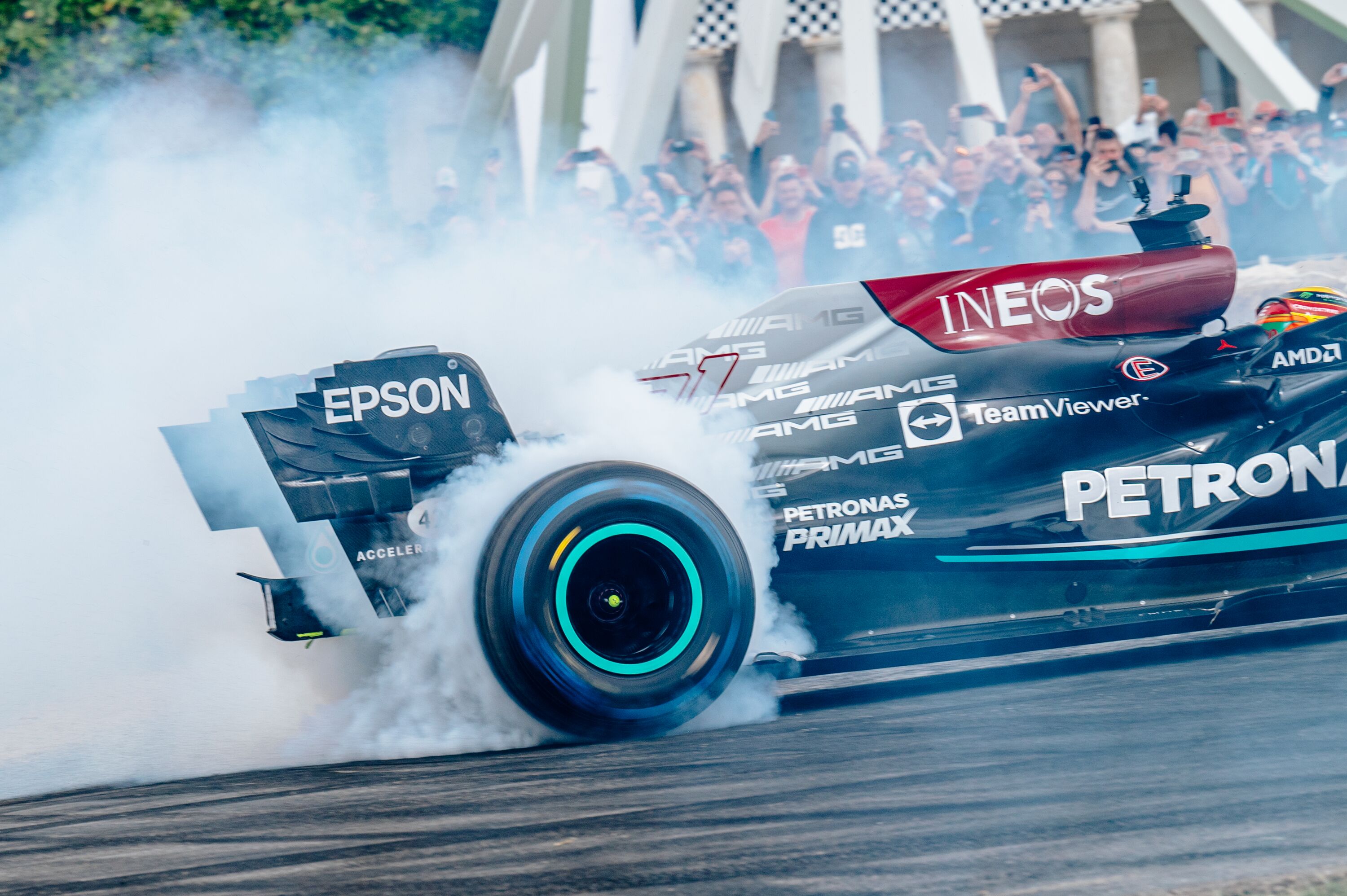Six WRC Manufacturer Pull-Outs
Updated 25th November 2019, originally published by Henry Hope-Frost in February 2016. #Fever
The news that, after being part of the WRC on and off for the last 18 years, Citroën will finally pull the plug on a commitment to rallying that has brought nine drivers’ titles and eight manufacturers’ crowns, came as a shock last week. The firm decided that, after a shaky couple of seasons to the new regulations, the impending departure of Sébastien Ogier to Toyota was the perfect time to bow out.
That got us thinking about previous times that manufacturer heavyweights have pulled the plug on until-then successful programmes in the WRC. All world championships see OEMs come and go, but the WRC seems to have more than its fair share.
Motorsport U-turns by major manufacturers are not new, of course, and rallying’s had its fair share of dropped bombshells down the years. It’s a fickle business, especially when big firms get involved, so it’ll keep happening, but it doesn’t stop us having those ‘we’ll miss them when they’re gone’ feelings.
These six manufacturers evoked such feelings among the bobblehat-and-anorak fraternity. They enjoyed huge amounts of success in motorsport’s roughest and toughest arena, creating some iconic cars and reaping the rewards in road-car sales and engineering nous, but when the regulations changed or the boardroom axe-wielders cried ‘enough’, they were gone.
Volkswagen
The last major withdrawal before our friends from Paris came in the shape of the sudden, and scandal-induced, disappearance of Volkswagen from the stages. VW had arrived in the WRC in 2013, armed with the aforementioned Ogier, and proceeded to dominate all that came before of them – Ogier won all but three rallies in his first season with the team. By the end of 2016 they had won the championship four times, all with Ogier, and with new rules on the horizon the competition from Hyundai, Toyota, Citroën and M-Sport hotting up things were looking tasty in the WRC.
Then, suddenly, after their new car had already been seen in action several times, Volkswagen announced they were off. The ‘dieselgate’ scandal had bitten and coincided almost all VAG group motorsport projects to the history bin. Ogier was left scrambling for a new seat (he ended up winning two more titles with the under-funded M-Sport Ford team) and the WRC had lost one of its biggest financial backers. However the light at the end of the tunnel was that, with VW gone, suddenly the WRC became much, much more competitive.
Audi
Quattro. That word alone reeks of rallying fever. The German marque’s four-wheel-drive supersaloon blew the competition away soon after arriving in 1981 and became a cult machine. Add the names Hannu Mikkola, Stig Blömqvist, Walter Röhrl and Michèle Mouton to the mix and it stirs the rallying soul like no other. With the death of Group B at the end of 1986, Audi called it quits. The firm vainly battled on in 1987 with a huge and heavy 200 Quattro barge – managing a one-off one-two in the Safari – but by then the magic had gone.
Lancia
The Martini stripes that adorned Lancia’s epic rally weapons – 037, Delta S4, HF 4WD and Integrale – went a long way to easing the pain – for those old enough – of the disappearance of the sonorous and sexy V6-engined Stratos and its red-and-green Alitalia livery. The Italian firm managed to win WRC events with the outdated, two-wheel-drive 037 as late as 1984, before unleashing the Group B Delta S4 at the end of ’85. The Group A cars that first picked up the broken Group B baton in 1987 went on to dominate the sport until the end of 1992, taking a record six manufacturers’ crowns on the trot. And it all came to an end for 1993 – with the WRC landscape looking weird without them.
Peugeot
We’d suffered a French retreat before, thanks to the demise of Group B and therefore no home for the outrageous, mid-engined, total-traction 205 Turbo 16. It was more than a decade before the lion would roar again, this time with its 206 WRC clothes on. The short-wheelbase pocket rocket won just about everything during a three-year period between 2000 and 2002, with two drivers’ titles, for Marcus Grönholm, and three makes’ crowns in the bag. Peugeot carried on with the 307 CC – as bizarre-looking a rally weapon as you ever did see – and won a few rallies, but with sister marque Citroën flying the flag, the marketeers called time on Peugeot’s time at the top, leaving it in fourth place in the all-time WRC event winners’ table.
Subaru
Almost certainly one of motorsport’s greatest examples of ‘win on Sunday, sell on Monday’, Subaru’s rise from humble manufacturer of the farmer’s pick-up to WRC world-beaters with a cult following was incredible and inspiring. The first WRC-spec ‘Scooby’, the Legacy RS, was put on the map by Markku Alén, Ari Vatanen and our own Colin McRae. The Scot gave Subaru its maiden win – in New Zealand in 1993 – and that triggered the introduction of the smaller, lighter, faster and better Impreza WRC. McRae kept on winning, capturing the world title in 1995 and adding rally wins to his CV until the end of 1998. Is there anything more deeply ingrained in the conscience of a 1990s rally fan than Colin McRae on the limit in a blue-and-yellow, 555-liveried, Prodrive-built Subaru Impreza WRC? Of course not. Thereafter Richard Burns and Petter Solberg flew the flag for Subaru, taking the title in 2001 and 2003 respectively. The Japanese marque’s fall from grace and eventual withdrawal at the end of 2008 was sad to see, so we’ll leave it there.
Toyota
The first Japanese marque to take on rallying, Toyota enjoyed success with its trusty Corollas in the 1970s and sturdy Celicas in the mid-1980s, especially in the African enduros of the Safari and Ivory Coast events. Things got really serious with the arrival of the ST165 Celica GT-4 in 1988. Juha Kankkunen and Carlos Sainz took the firm to the top of the tree, mixing it with the hitherto-dominant Lancia Deltas. Sainz won the 1990 title and followed it up in ’92, this time in the upgraded Turbo 4WD ST185. Two more seasons of dominance, for Kankkunen in 1993 and Didier Auriol in 1994, were followed by scandal in 1995. Toyota was kicked out of the championship after being caught using trick turbochargers and went off to lick its wounds. After serving a ban, it was back, this time with a Corolla WRC in mid-1997. Carlos Sainz returned to the fold for 1998 and won first time out in Monte Carlo. The Spanish ace would then mount a serious title threat, only to lose out in the dying seconds in Rally GB at the end of the year. After securing its third and final manufacturers’ title in 1999, Toyota left the WRC to focus on its planned entry into Formula 1. And that was that.
WRC
Famous Five...
Volkswagen
Citroen
Toyota
Subaru
Peugeot
Lancia































































